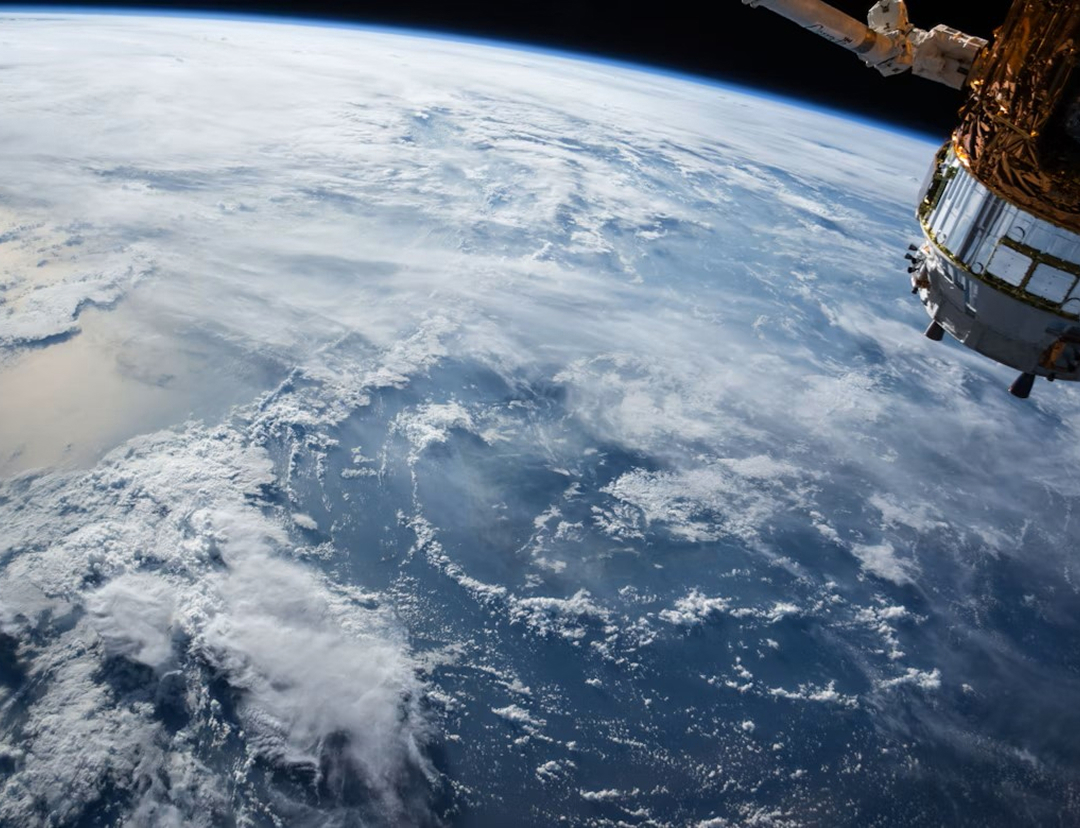SpaceX is set to conduct the 10th test flight of its Starship rocket on Sunday at 7:30 p.m. ET. This comes after a series of setbacks, including explosions during previous launches. Despite these challenges, CEO Elon Musk remains optimistic about Starship's potential to transport humans to Mars and beyond.
Starship has not yet met all its mission objectives. The last three flight tests, along with a static engine test in June, ended in explosions. Olivier de Weck, a professor at MIT, expressed concerns about the feasibility of Starship's design. "We now have serious questions whether the architecture of Starship is in fact feasible or not," he said. He noted that while the Super Heavy booster has performed relatively well, he has doubts about the upper stage, the Starship itself, especially regarding its ability to safely carry humans into space.
The upcoming flight will launch from SpaceX's Starbase in Texas. Starship is designed to be fully reusable and capable of carrying up to 100 people to deep space destinations. Musk has emphasized the importance of making life multiplanetary for humanity's survival. "Progress is measured by the timeline to establishing a self-sustaining civilization on Mars," he stated.
De Weck acknowledged the ambition of reaching Mars but believes it will take decades to achieve a successful manned mission. He pointed out that SpaceX faces challenges with convergence, which refers to the integration of all vehicle systems functioning correctly together. "The problem that SpaceX has right now with Starship is every launch that they do, yes, they address the battles, so to speak, from the prior launch, but now the fix that they made causes new problems that didn't show up on the prior launch," he explained.
Musk has recognized the difficulties of creating a fully reusable rocket, stating, "There is a reason no fully reusable rocket has been built - it's an insanely hard problem." In June, a Starship exploded during a pre-flight engine test due to a failure in a pressurized tank. This incident followed a previous test flight that ended prematurely due to mechanical failures.
SpaceX has reported that it has made hardware and operational changes to enhance the reliability of Starship and the Super Heavy booster. Musk noted that each launch provides valuable lessons for improving the spacecraft. "Each launch is about learning more and more about what's needed to make life multiplanetary," he said.
Despite the setbacks, SpaceX has achieved significant milestones. The company successfully returned the Super Heavy booster to Earth on two occasions and demonstrated the vehicle's suborbital trajectory during flight test nine. The rapid pace of testing is part of SpaceX's iterative engineering approach, which de Weck described as "rapid prototyping or agile engineering."
For the upcoming flight, de Weck emphasized the importance of observing the midstage of the mission, particularly the ignition of the Raptor engines on the upper stage. He believes that even if there is another mid-phase failure, SpaceX is unlikely to abandon the program. "I think they're going to keep going at least until 15, 16, 17 flights. I don't see them abandoning anything before 20 flights," he said.
Musk envisions a future where SpaceX produces two to three Starships daily, facilitating regular missions to the Moon and Mars. "We could be out there among the stars making science fiction no longer fiction," he remarked.

 America News
America News

 Orlando Sentinel
Orlando Sentinel The Daily Beast
The Daily Beast CBS News
CBS News CNN
CNN AlterNet
AlterNet POPSUGAR
POPSUGAR Mediaite
Mediaite